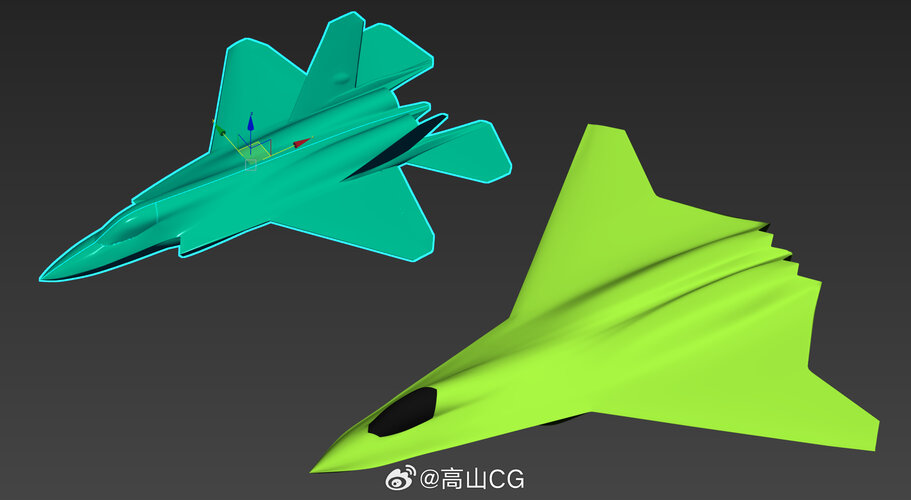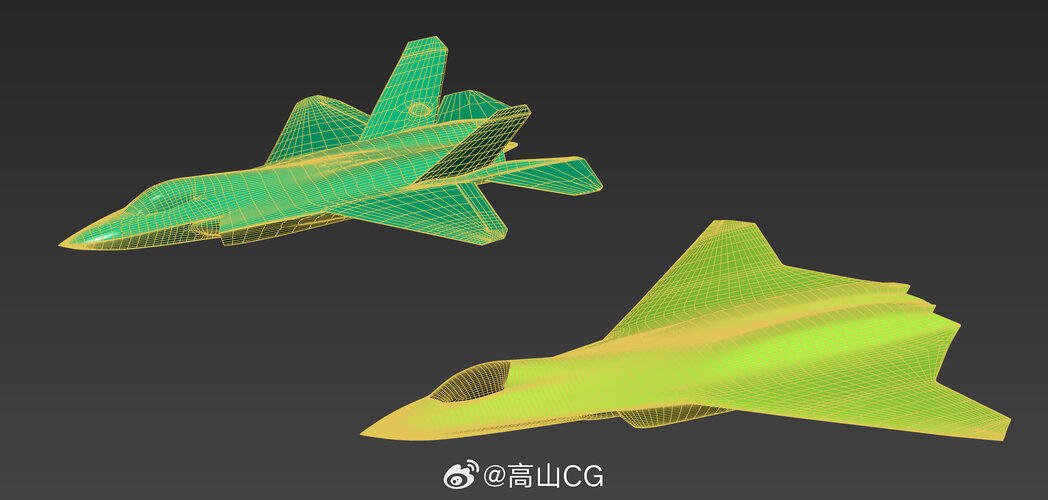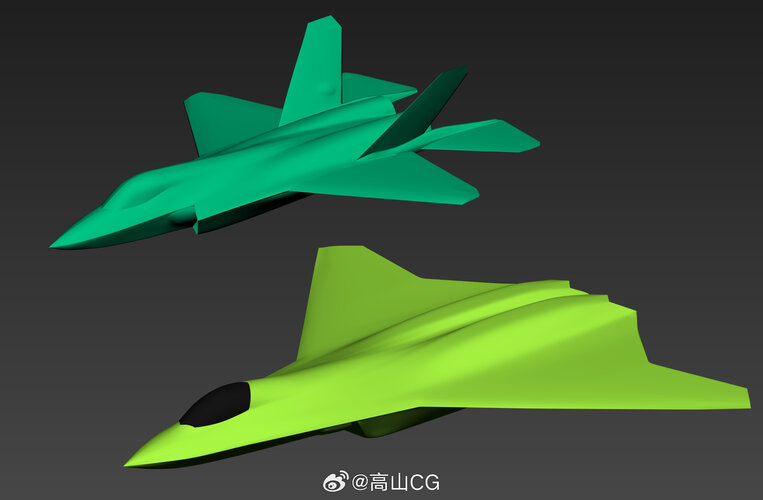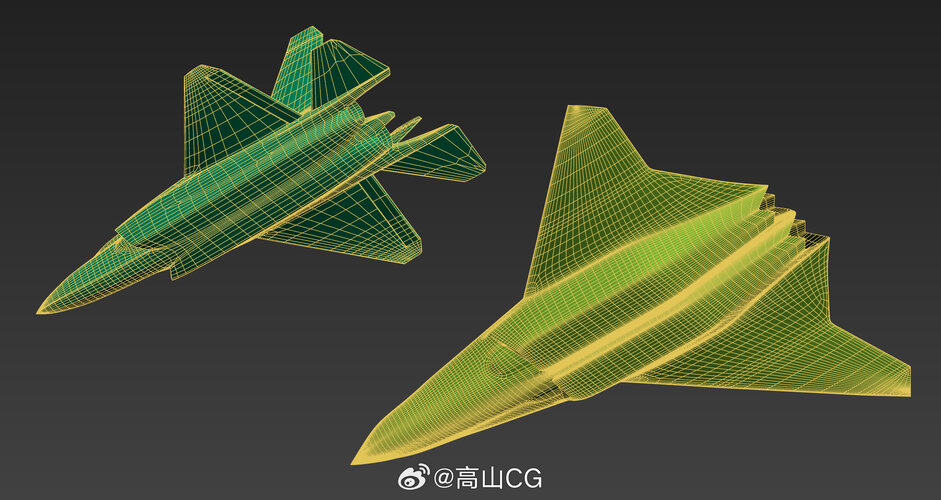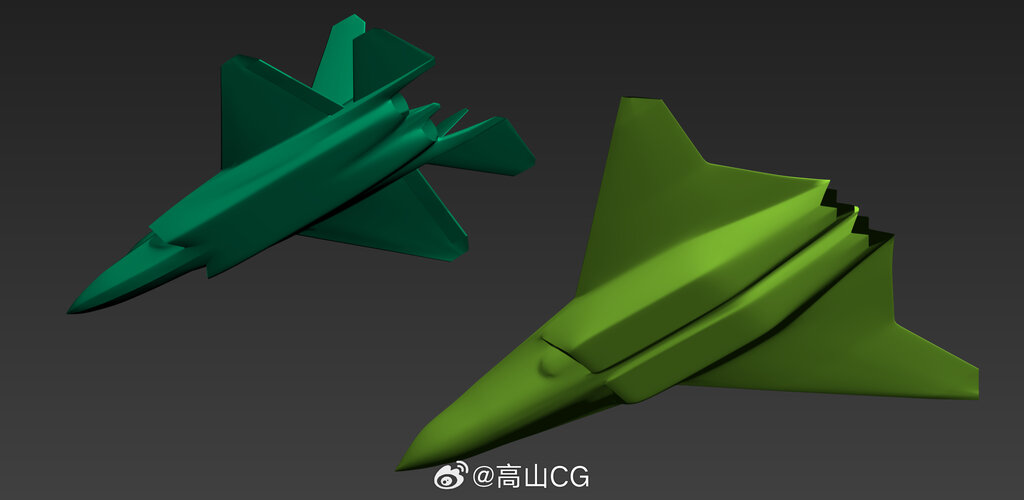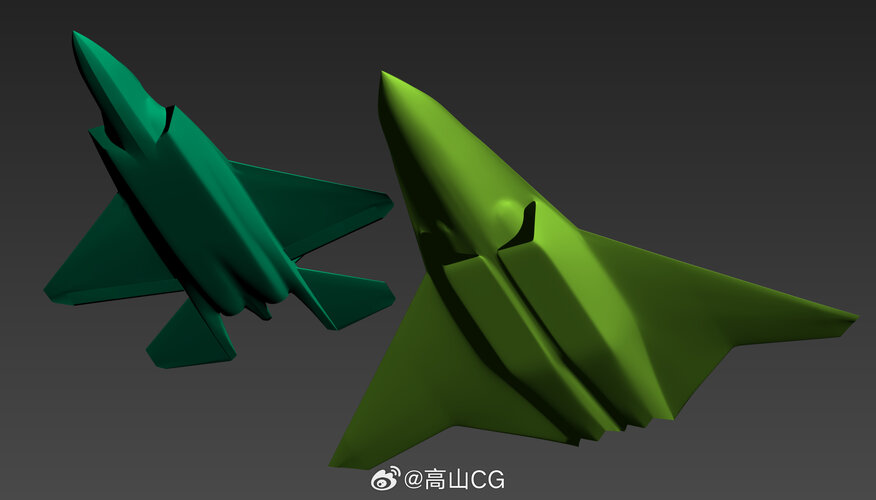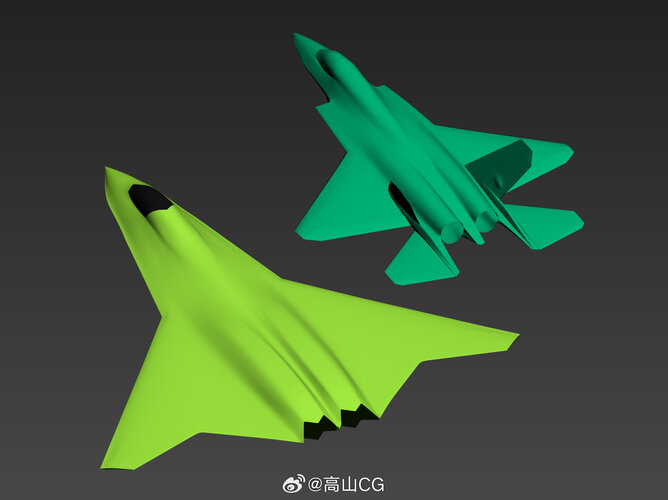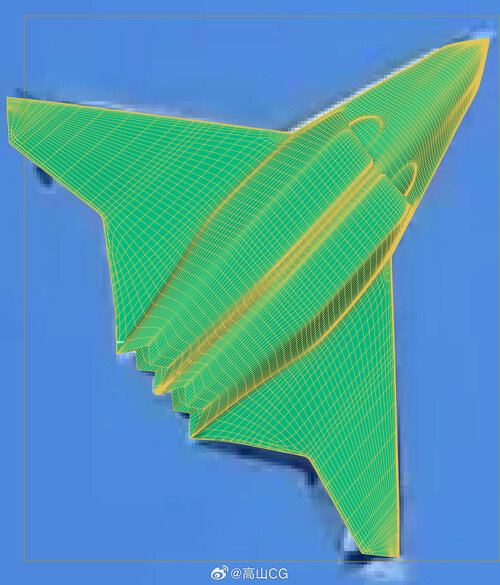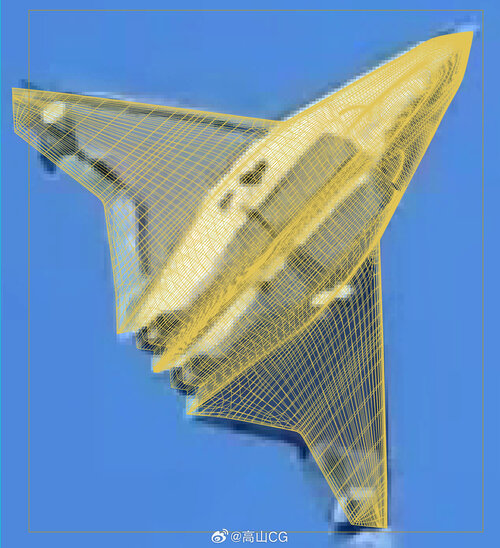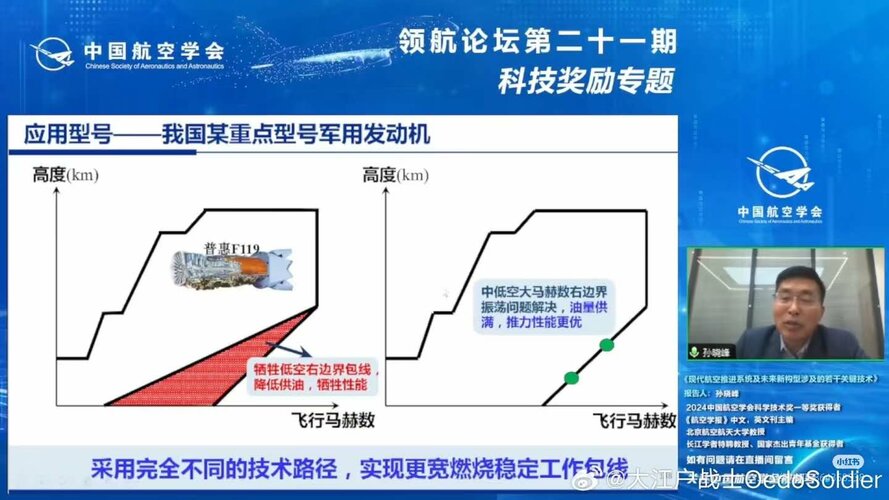You might want to read thru this thread:
https://www.secretprojects.co.uk/th...ruise-performance-and-2nd-stage-engine.38521/
Short version - for supersonic thrust, you need exhaust velocity faster than the speed of the aircraft. AB achieves this high velocity by adding a ton of heat to the exhaust. At Mil power, you need a very high exhaust pressure (i.e. nozzle pressure ratio) to get the necessary exhaust velocity. Once you reach the aircraft velocity equal the exhaust velocity, you have zero net thrust. Adding a third engine in this condition still gives you zero net thrust.
In addition to high NPR (engine pressure ratio x ram pressure ratio = nozzle pressure ratio) needed to supersonic thrust, most engines run into a turbine and / or rotor speed limit as the inlet temperature goes up with increasing Mach number. At any Mn / inlet temperature above this, the engine performance progressively goes down with both airflow and engine pressure ratio decreasing, lowering NPR and exhaust velocity, which reduces the supersonic thrust. And unless the 3rd engine design is optimized for a different part of the flight envelope, it is just as impacted by increasing inlet temperatures as the other two.

